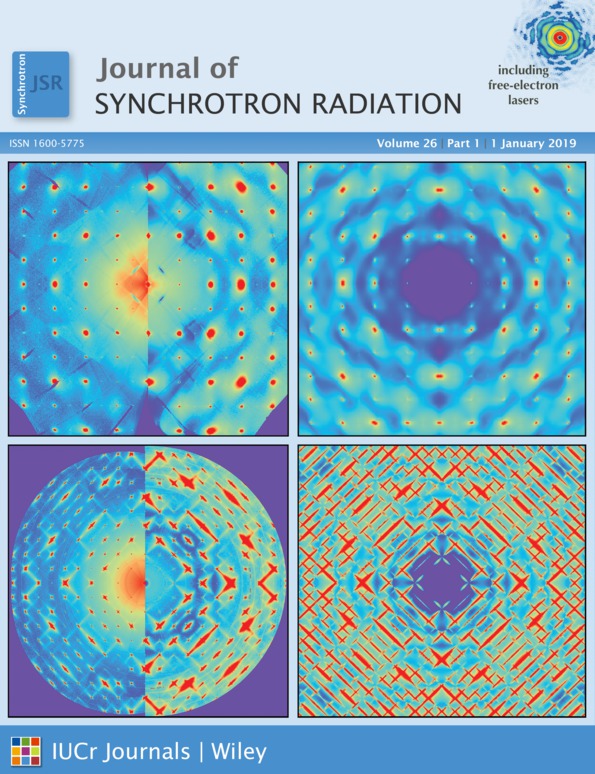X-ray mirror surface figure correction with nanometre precision controlled by layer stresses simulated by FEA
Abstract
Hard X-rays with energies higher than several kiloelectronvolts can be focused to spot sizes below 10 nm with the present synchrotron beamlines, offering unique advantages for the chemical, elemental and structure analysis of matter. Nevertheless, a surface precision on the nanometre scale for the focusing optics is required and remains the main hurdle limiting X-ray analytical techniques with single-nanometre spatial resolution. On the other hand, to preserve the wavefront properties of coherent X-ray beams, precise control of the reflective mirror surface quality at the nanometre scale is demanded for X-ray free-electron laser applications. In this work, the surface shape of a multilayer-coated X-ray mirror is controlled by layer stresses. The desired surface profile of the mirror is differentiated to its second order to obtain its corresponding curvature profile. With a step size of 1 mm along the mirror length, different coating thicknesses are applied to create different layer thermal stresses from uniform temperature change. The mirror surface profile can be obtained by integrating the curvature profile to its second order and further corrected by moving constant values for the slope and height. The technical process is simulated by finite element analysis (FEA). A case study showed that the residual slope error and the residual height error between the desired shape and the FEA result are 0.22 µrad (r.m.s.) and 1.42 nm (r.m.s.), respectively.




